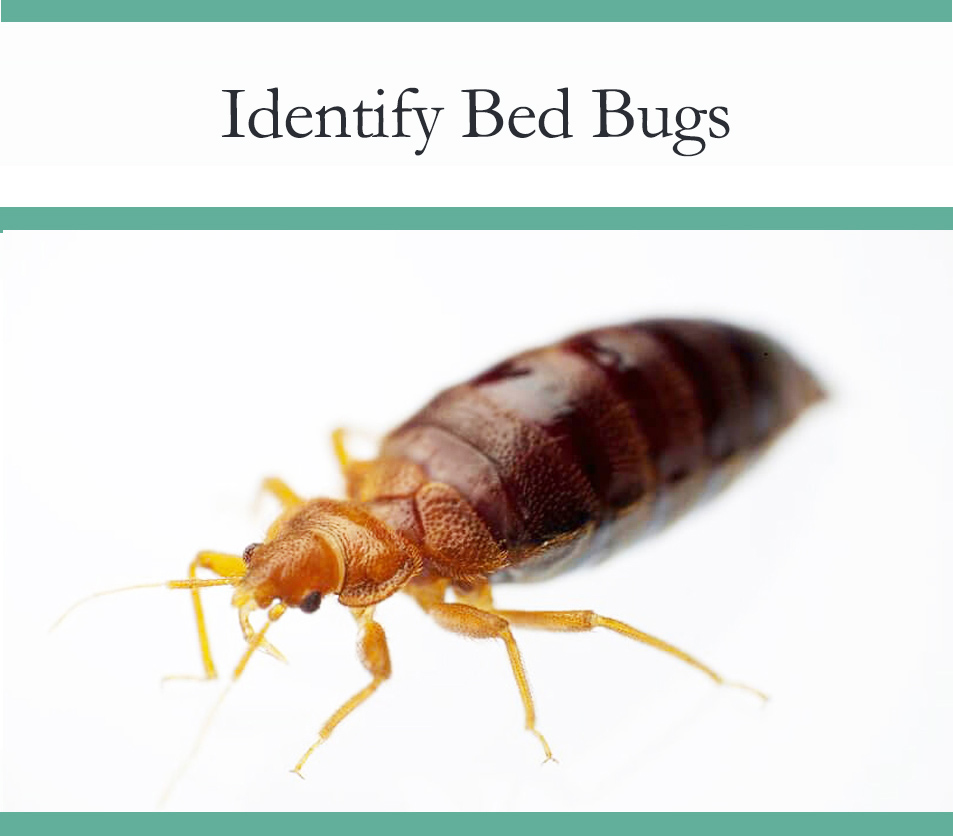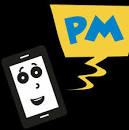Deciphering Bed Bug Appearances: What Do Bed Bugs Look Like?
Bed bugs, those elusive pests, can be a nightmare if they invade your home. Recognizing their appearance is the first step in addressing an infestation. In this comprehensive guide, we’ll delve into what bed bugs look like, providing you with the knowledge needed to identify and deal with these unwelcome guests.
Understanding Bed Bug Anatomy
To identify bed bugs effectively, it’s crucial to understand their anatomy. Bed bugs are small, flat insects with six legs, and they belong to the Cimicidae family. They typically range from 1 to 7 millimeters in size, making them challenging to spot. Their reddish-brown to brown coloration allows them to blend into many environments.

bed bugs look like
The Life Stages of Bed Bugs
Bed bugs undergo several life stages, each with distinct characteristics. Understanding these stages is essential for accurate identification:
Eggs:
Bed bug eggs are tiny, about 1 millimeter in size, and pearl-white.
Nymphs:
Nymphs are young bed bugs and go through five molting stages. They are smaller than adults and are translucent or light-colored.
Adults:
Adult bed bugs are the most recognizable. They have a reddish-brown to brown color and an oval-shaped body. When they feed, their bodies become engorged and redder in appearance.
Identifying Bed Bugs by Sight
Spotting bed bugs primarily relies on visual cues. Here’s what to look for:
Size and Shape:
Adult bed bugs are approximately the size of an apple seed, measuring 4-7 millimeters long. They have a flat, oval-shaped body, similar to a lentil.
Coloration:
Bed bugs typically have a reddish-brown to brown color. However, their hue can change after a blood meal, making them appear redder and more elongated.
Antennae:
Bed bugs have short, segmented antennae that extend from their heads.
Legs:
These pests have six legs that allow them to move quickly across surfaces.
Wings:
Contrary to popular belief, bed bugs do not have wings, so they cannot fly.
Nymphs:
Young bed bugs, or nymphs, are smaller and lighter in color. They mature into the familiar reddish-brown adults after several molts.
Bed Bug Bites and Skin Reactions
In your quest to identify bed bugs, don’t overlook the physical symptoms they leave behind. Bed bug bites can be distressing, causing itching, redness, and discomfort. These bites often appear in a linear or clustered pattern on exposed skin areas such as the arms, legs, neck, and face. While bed bug bites can resemble other insect bites or skin conditions, the key is to consider them alongside other signs of infestation.
Common Mistakes in Bed Bug Identification
Despite their distinct features, bed bugs are sometimes mistaken for other insects. Common misidentifications include carpet beetles and fleas. To avoid these errors, it’s crucial to differentiate between bed bugs and their look-alikes. Carpet beetles have a different shape and coloring, while fleas are typically smaller and have a more streamlined body.
Where to Look for Bed Bugs
Bed bugs are notorious for their ability to hide in inconspicuous places. To conduct a thorough inspection, focus on these areas:
Mattresses and Box Springs:
Check seams, folds, and crevices for live bugs, shed skins, or fecal stains.
Bed Frames and Headboards:
Inspect cracks, joints, and screw holes, paying attention to any dark spots or tiny eggs.
Furniture and Upholstery:
Examine couches, chairs, and other upholstered items, especially if they are close to sleeping areas.
Wall Junctions:
Look along baseboards, crown moldings, and wall junctions for signs of bed bugs.
Electrical Outlets:
Check around electrical outlets and switch plates as bed bugs can squeeze into small openings.
Closets and Clothing:
Inspect seams, folds, and pockets of clothing items, particularly those stored near beds.
Signs of Bed Bug Infestations
Apart from their physical presence, bed bugs leave subtle signs of their presence:
Fecal Stains:
Small, dark stains on bedding, mattresses, or upholstery can indicate bed bug feces.
Blood Stains:
Reddish or rust-colored stains on sheets and pillowcases may result from bed bug feeding.
Shed Skins:
As bed bugs grow, they shed their exoskeletons. Finding these translucent shells is a clear indicator of an infestation.
A Musty Odor:
Some describe the scent of a bed bug infestation as musty or sweet. If you notice an unusual odor in your sleeping area, investigate further.
Prevention and Bed Bug Control
Preventing bed bug infestations is more manageable than dealing with established ones. Here are some proactive steps:
Inspect Secondhand Furniture:
Before bringing used furniture into your home, thoroughly inspect it for signs of bed bugs.
Be Cautious While Traveling:
When staying in hotels or other accommodations, check the bed and surrounding areas for signs of bed bugs.
Seal Cracks and Crevices:
Seal any cracks or crevices in your home, making it harder for bed bugs to hide.
Use Mattress and Box Spring Encasements:
These protective covers can prevent bed bugs from establishing themselves in your bedding.
Regularly Launder Bedding:
Wash and dry your bedding on high heat regularly to kill any potential bed bugs.
Consult Professionals:
If you suspect an infestation, contact pest control professionals for a thorough inspection and treatment plan.
What Bed Bugs Are Not
In the quest to identify bed bugs, it’s essential to differentiate between these pests and other commonly mistaken insects. Here are a few distinctions:
Carpet Beetles:
While carpet beetle larvae may resemble bed bugs in color and size, they have a distinctive shape, often covered in bristle-like hairs. Adults are more round and have distinct patterns on their bodies.
Fleas:
Fleas are smaller than bed bugs and have a laterally flattened body. They are also known for their powerful jumping ability, which bed bugs lack.
Ticks:
Ticks are arachnids and not insects like bed bugs. They have eight legs, unlike bed bugs’ six.
Spider Beetles:
These beetles may resemble bed bugs at first glance, but they typically have longer legs and a more pronounced body shape.
Booklice:
While tiny and pale, booklice differ from bed bugs in shape and behavior. They are not blood-feeding pests.
FAQs to bed bugs :
FAQ 1: Do bed bugs only come out at night?
Answer: Bed bugs are most active during the night when people are asleep, but they can also be active during the day if they’re hungry. Their nocturnal behavior is a survival strategy.
FAQ 2: Can bed bugs fly or jump?
Answer: No, bed bugs cannot fly or jump. They rely on crawling to move from place to place, which is why they tend to infest areas close to their hosts.
FAQ 3: Do bed bugs live on or in mattresses? Answer: Bed bugs often hide in seams, folds, and crevices of mattresses, but they can also be found in nearby furniture, cracks in walls, and other hiding spots.
FAQ 4: Are bed bug bites dangerous?
Answer: While bed bug bites are generally not dangerous, they can cause itching, redness, and discomfort. In rare cases, some individuals may experience allergic reactions or secondary skin infections.
FAQ 5: How can I tell the difference between bed bug bites and other insect bites?
Answer: Bed bug bites are often in groups or lines and may have a small, red center. They can be similar in appearance to mosquito or flea bites, so consider other signs like the presence of bugs or their fecal stains for a more accurate diagnosis.
FAQ 6: Can I get rid of bed bugs on my own?
Answer: Small infestations may be manageable with DIY methods, but larger infestations typically require professional pest control services for effective eradication.
FAQ 7: Do bed bugs only infest dirty or cluttered homes?
Answer: Bed bugs are equal opportunity pests and can infest clean and clutter-free homes as easily as they can infest messy ones. They are attracted to the presence of humans, not dirt or clutter.
FAQ 8: Can bed bugs be carried from place to place on clothing or luggage?
Answer: Yes, bed bugs can hitch a ride on clothing, luggage, or other personal belongings, making it important to be cautious when traveling and inspect luggage and hotel rooms.
FAQ 9: What should I do if I suspect a bed bug infestation?
Answer: If you suspect a bed bug infestation, start by inspecting your sleeping area. If you find signs of bed bugs, contact a pest control professional for an assessment and treatment plan.
FAQ 10: Can pets carry bed bugs into the home?
Answer: While it’s less common, pets can carry bed bugs into the home. However, bed bugs are primarily attracted to human hosts.
Conclusion
In the battle against bed bugs, knowledge is your most potent weapon. Understanding what bed bugs look like and recognizing the signs of their presence is crucial for early detection and effective control. By staying vigilant, conducting regular inspections, and implementing preventive measures, you can reduce the risk of infestations and enjoy peaceful nights without the worry of these unwanted guests.




